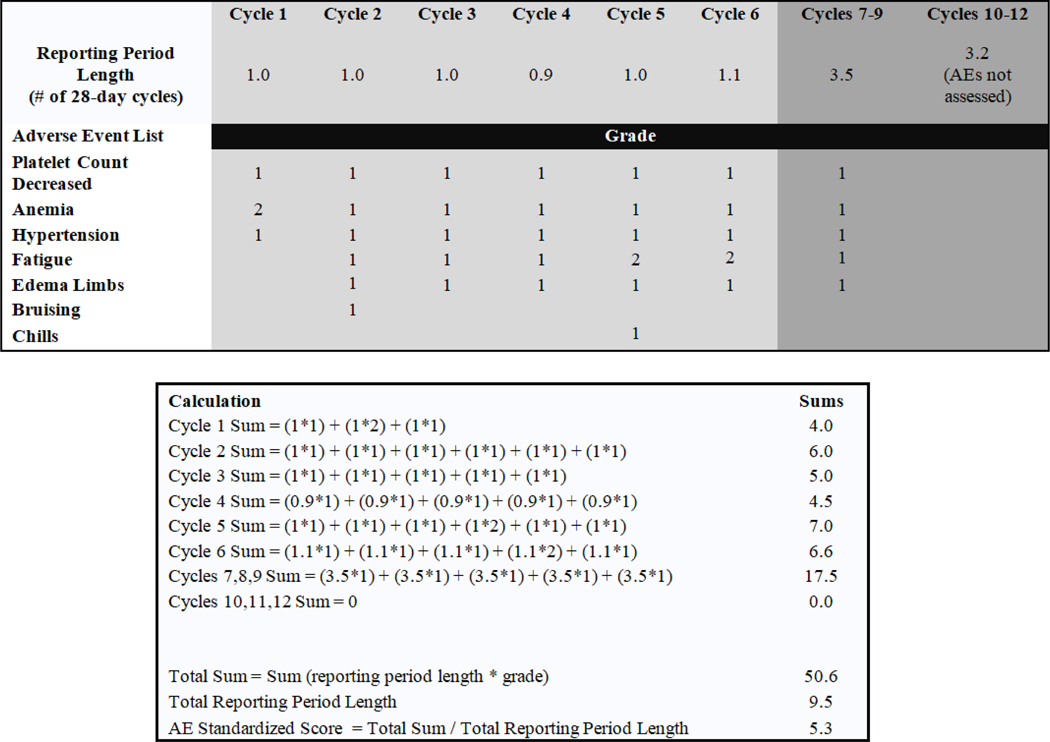Figure 1: Sample calculation of the AE score for a typical patient receiving bendamustine plus rituximab (BR).
The AE score (AESC) is calculated for an individual patient by summing over the products of reporting period length and grade recorded for each AE and dividing by the length of time over which AEs were assessed. If AEs were assessed during a particular reporting period but the grade for an AE was blank, the grade of the AE was equal to 0. If AEs were not assessed during a particular reporting period, AEs from that reporting period were not used in the calculation of the AESC. For the purposes of this study, the AE reporting length is the difference between reporting period start and end dates divided by 28, to represent the number of 28-day cycles. In general, reporting period lengths are approximately 1 for the first 5 AE assessments, 1 or 3 for AE assessment 6 depending on whether the patient received BR or ibrutinib regimens, and 3 for assessments 7 and higher.

